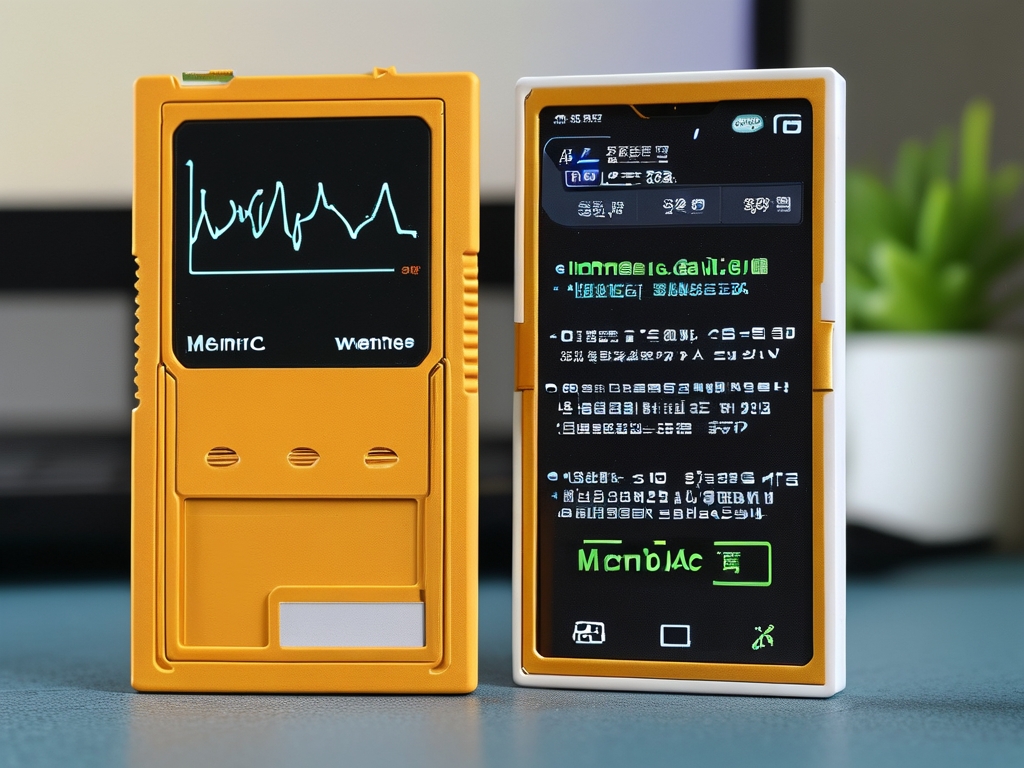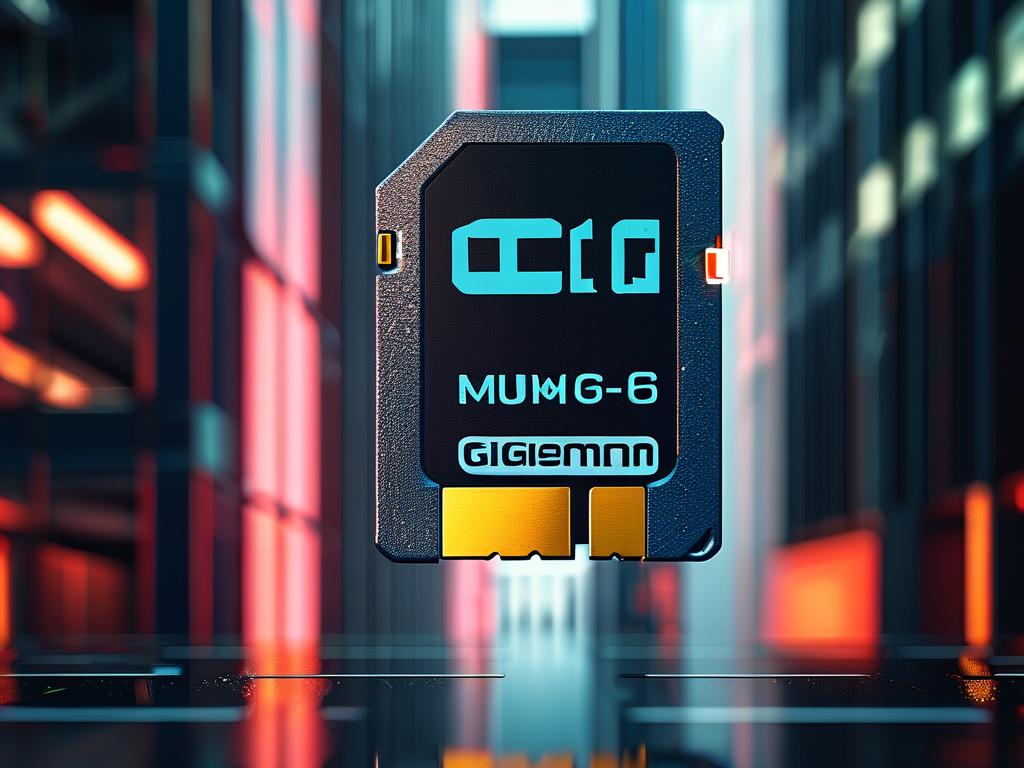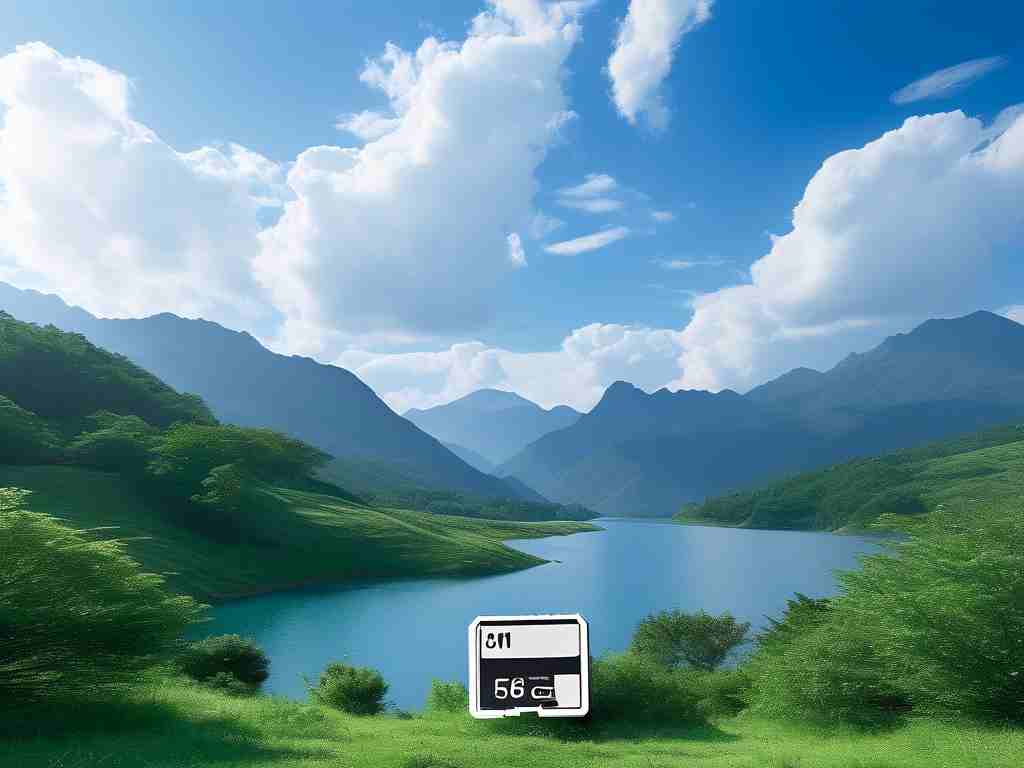Understanding how to calculate memory card write speed is essential for photographers, videographers, and tech enthusiasts who rely on stable data transfer performance. While manufacturers often advertise theoretical maximum speeds, real-world performance depends on multiple variables. This guide breaks down practical methods to measure and optimize write speeds effectively.
Why Write Speed Matters
Memory card write speed determines how quickly data transfers from a device (like a camera) to the storage medium. Slow write speeds can cause buffering during 4K video recording or burst-mode photography, leading to missed shots or corrupted files. Professional users particularly benefit from accurate speed measurements to match cards with device requirements.

Tools for Measurement
- Benchmark Software: Applications like CrystalDiskMark (Windows) or Blackmagic Disk Speed Test (macOS) provide standardized write speed tests. These tools write sample data to the card and measure throughput in MB/s.
- Manual File Transfer: Copying large files (e.g., 10GB video files) and timing the process offers a real-world approximation. Use the formula:
[ \text{Write Speed (MB/s)} = \frac{\text{File Size in MB}}{\text{Transfer Time in Seconds}} ] - In-device Testing: Some cameras and drones display write speeds during recording. Check your device’s manual for built-in diagnostics.
Factors Affecting Results
- Card Class Ratings: UHS-I, UHS-II, and V30/V60/V90 classifications indicate minimum sustained write speeds. A V30 card guarantees 30 MB/s, but actual speeds may exceed this.
- File Size and Type: Small files (e.g., JPEGs) reduce speeds due to increased metadata handling, while large sequential files (e.g., RAW videos) maximize throughput.
- Device Compatibility: Older card readers or USB 2.0 ports bottleneck modern UHS-II cards. Always use compatible hardware for accurate testing.
Step-by-Step Calculation Example
Suppose you transfer a 4.8GB (4,800 MB) video file to a memory card in 2 minutes (120 seconds):
[
\text{Write Speed} = \frac{4800\, \text{MB}}{120\, \text{s}} = 40\, \text{MB/s}
]
This result should align with the card’s rated speed. Significant discrepancies may indicate counterfeit hardware or system limitations.

Optimization Tips
- Format cards in the device they’ll be used in to ensure proper file system alignment.
- Avoid filling cards beyond 90% capacity, as fragmented space slows write operations.
- For critical tasks, test multiple cards under real-world conditions before deployment.
Calculating memory card write speed requires a mix of software tools, manual testing, and an understanding of hardware limitations. By regularly benchmarking your storage media, you can prevent performance bottlenecks and ensure reliable data capture in professional workflows. Always verify manufacturer claims through practical testing to avoid unexpected setbacks.









